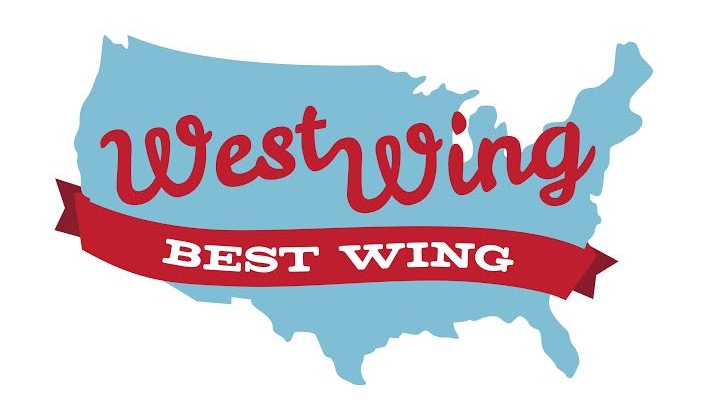Death: Overridden
Today, legislators in Nebraska voted to repeal the death penalty, making them the first conservative state to do so in over 40 years. This marks the end of a long hiatus on the death penalty in Nebraska, with their most recent execution being in 1997.
There are still 30 states that allow the death penalty, even though many, like Nebraska, haven't executed a criminal in years. New Mexico, which outlawed the death penalty in 2009, hadn't executed anyone since 2001, and the only reason the execution went through is that the criminal said he did not want to appeal anymore, and chose to die. He had been on death row since 1986.
And therein lies the key problem with the death penalty today. (I for the time being, will lay aside moral arguments. There are those that believe truly heinous crimes deserve the ultimate punishment, while your trusty blogger here believes that the use of the death penalty is a huge overreach of state power, and the taking of a life should be left only to fate. But as I say often these days, no one is asking me to run the country.) Some argue that the death penalty is beneficial, as it saves the state money killing criminals that they would otherwise have to feed and clothe for the rest of their lives. But let's look at the real numbers.
The cost of keeping a person in prison for a year varies by state, and varies depending on the study. One study revealed that in 2010, the average cost to house an inmate for a year in prison was $31,000, with smaller states like Kentucky spending just over $14,000 a year on prisons, and bigger ones like New York spending over $60,000. However, according to the US Bureau of Prisons, in 2010 it cost just over $28,000 to house an inmate for a year, and one study in New York City in 2013 stated that the city paid over $167,000 for each inmate in one year.
Sounds like a lot. But how much does it cost to have a judge, a prosecutor, a defense attorney, a court reporter, and various other federal employees try and retry death penalty cases year after year?
One study found that death penalty cases in Maryland cost taxpayers an extra 1.9 million to 3 million dollars, on top of what they were already spending to house prisoners. California, the state with the largest death row population, found that death penalty cases caused them to spend 63.3 million dollars extra a year. And a study by Duke found that the death penalty costs North Carolina taxpayers 11 million a year.
These aren't one year costs taxpayers have to bear. California's average wait time between conviction and execution is 25 years. The rest of the United States has an average wait time of 12 years between conviction an execution.
11 million dollars over 12 years? Sounds like a very expensive 8th Amendment Violation to me.
Despite the cold hard facts, the truth remains that death is the cruelest punishment a state can levy on a citizen. And while it may provide comfort to some families of murder victims, there is a sizeable, and organized coalition of the families of murder victims who oppose it. This not even to mention the number of wrongful executions and the disputed idea that it is a deterrent to crime. The death penalty does nothing for public safety, as these murderers are already locked away without the possibility of parole, and only chips away at human rights in America. In this blogger's opinion, Nebraska made the right call, and I can only hope other states will soon follow.
First Published: May 27, 2015
